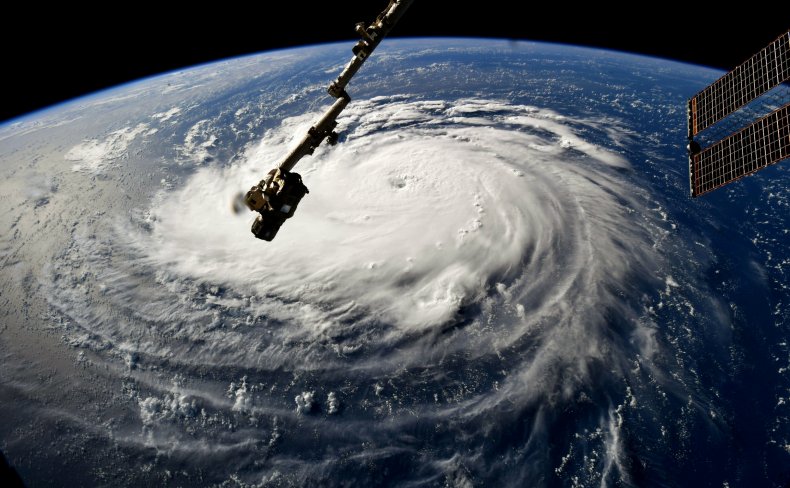Subtropical Storm Wanda Could Be Upgraded, But Unlikely to Make Landfall
On Monday, the National Hurricane Center said Monday that Subtropical Storm Wanda could be upgraded to a tropical storm by Tuesday. However, the storm remained in the middle of the Atlantic, and forecasters said it likely will not make landfall.
"Some slight fluctuations in strength are anticipated during the next few days. However, Wanda could still become a tropical storm on Tuesday," the National Hurricane Center wrote on Monday.
According to forecasters, Wanda's maximum wind speeds were 45 miles per hour. In contrast, Hurricane Ida, the storm that destroyed property across the American coastline and induced major flooding, recorded maximum wind speeds of roughly 150 miles per hour, when it made landfall in Louisiana in August of this year.
The National Weather Service provided an explanation of the differences between a subtropical storm, such as Wanda, and a tropical storm.
"A subtropical storm typically has a large, cloud-free center of circulation, with very heavy thunderstorm activity in a band removed at least 100 miles from the center," the National Weather Service (NWS) wrote. "The difference between a subtropical storm and a tropical storm is not that important as far as the winds they can generate, but tropical storms generate more rain."
According to the NWS, if a subtropical storm reaches the point where it develops hurricane-force winds, then it is considered a tropical storm.

While Wanda will likely have no impact on the U.S., it will be significant in one aspect. Wanda was the last name on the list for the 2021 Atlantic storm list. This is the second year in a row that the service has gone through all the names on its list, and only the third time overall that all the names were used in a season.
Over the past few years, researchers have linked extreme weather patterns to climate change, "Within the scientific community it's a relatively well-accepted fact that as global temperatures increase, extreme precipitation will very likely increase as well," said Joao Teixeira, co-director of the Center for Climate Sciences at NASA's Jet Propulsion Laboratory.
"Earth's atmosphere and oceans have warmed significantly in recent decades," wrote Alan Buis, of the NASA Jet Propulsion Lab. "A warming ocean creates a perfect cauldron for brewing tempests. Hurricanes are fueled by heat in the top layers of the ocean and require sea surface temperatures (SSTs) greater than 79 degrees Fahrenheit (26 degrees Celsius) to form and thrive."
The Atlantic storm season officially ends on November 30. Should additional storms develop before then, the NWS will move to its supplemental list of storm names, starting with Adria.

